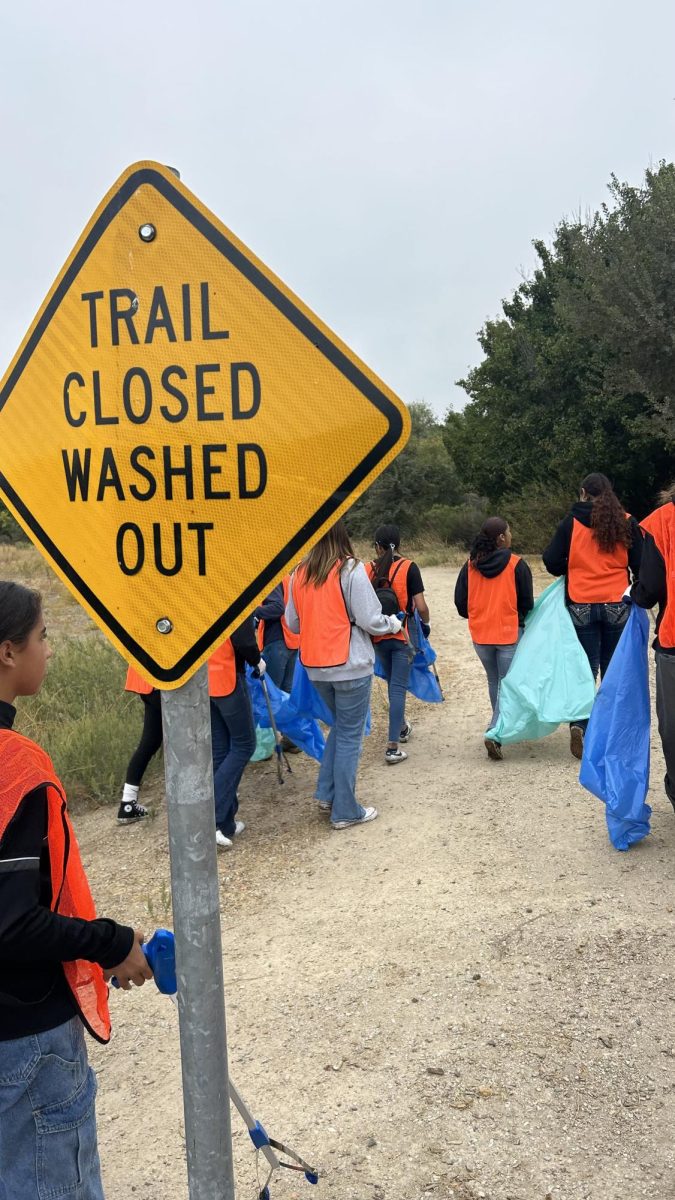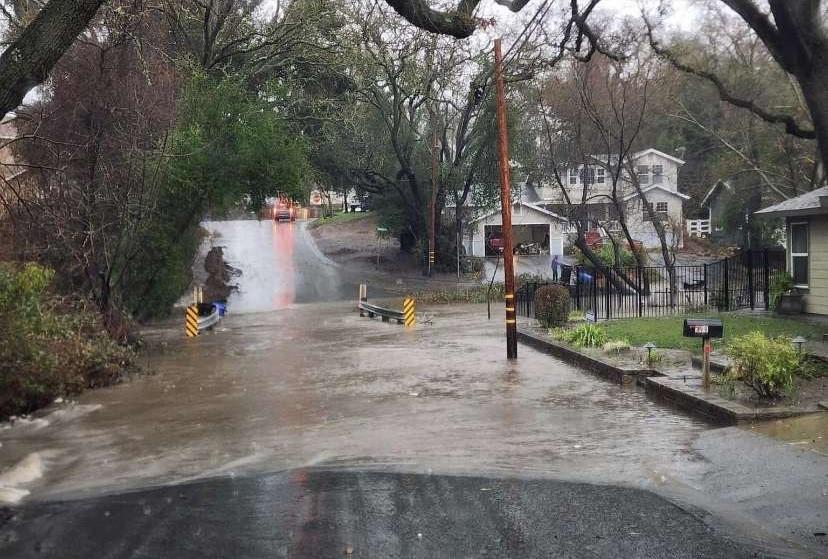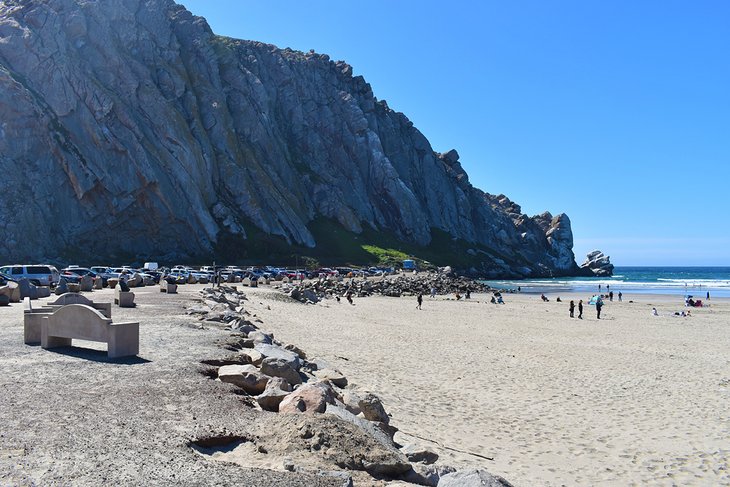But there’s still time to make a change
For many, an awareness of climate change begins sometime around third grade, when students learn about water conservation and how their actions affect the environment. For a few years, these kids believe what they have been taught, but by the time they are old enough to draw their own conclusions, belief starts to waver. Only 70 percent of Americans believe that climate change is legitimate, and only 23 percent of those surveyed believe that humans are the main cause of this issue, according to The Hill.
Despite these doubts, environmental scientists have considered humans to be the largest cause of climate change for over 100 years. The evidence of damage is everywhere: warming oceans, glacial retreat, shrinking ice sheets, and global temperature change. These are all signs of climate change, an issue that is imminent and will pursue until worldwide efforts are taken to stop it. The most damaging human act that affects the climate is fossil fuels such as coal and gasoline.

It remains undecided as to whether our environment is passed the point of saving; however, environmentalists continue to urge people to cut down on wasteful or harmful activities such as excessive use of electricity, water, paper, and plastic.
Senior Madison Owens believes that the tipping point has been reached as a result of an increasing amount of wasteful activity, but climate change can still be reduced.
“To me, there’s always hope to make changes by little choices throughout your day,” Owens, who makes environmentally friendly choices herself, said.
Methods of contributing to the minimization of climate change include: being energy efficient, eating less meat and dairy (production of these foods harms the environment), walking or biking rather than driving, and getting involved through an environmentally conscious organization. There are countless organizations dedicated to stopping climate change in its tracks, and many offer easy ways to take action- some as simple as donating any amount from $5 to $200. Some of the most effective companies are: Natural Resources Defence Council, World Resources Institute, Friends of the Earth, 350.org, and Environmental Defence Fund.
Climate change is something that the PRHS Geo class is well aware of, and a recent lab conducted by the class helps students better understand their personal impact on the environment. These students are weighing everything in their bedroom, kitchen, bathroom and garage in order to determine their carbon footprint.

“When we find out our footprint, we can find what actions we need to take to reduce it,” Senior Sam Collins, a member of the Geo class, said.
Since the Industrial Revolution around 1850, the amounts of carbon dioxide produced have skyrocketed. Along with the construction of factories and businesses comes cutting down forests, which absorb carbon dioxide, in order to use the land. This increased amount of carbon dioxide in the atmosphere has significantly impacted the climate, and while it may not seem like a huge difference, cutting down the amount of carbon a person uses/produces could be thebeginning of a big difference.
Doug Parr, a scientist for Greenpeace UK, claimed that “stopping climate change isn’t only possible, it’s happening, and it’s a second industrial revolution.”
The eight warmest years since 1880 have all occurred in the last 17 years. This is a direct result of human activity, such as the usage of fossil fuels. Professor of meteorology, Michael Mann, stated, “In a few countries, like the U.S., entrenched special interests don’t want us to transition away from a reliance on fossil fuels.”
Without change on this front, climate change will rage on, and the recent election will do the earth no favors. Donald Trump has stated multiple times that climate change is simply a hoax, and his choice for head of the Environmental Protection Agency, Scott Pruitt, does not believe that humans are at fault for changes in the climate.
Because of these obstacles, it seems more important than ever for each person to do their part in order to reduce harm to our environment. The average temperature in the U.S. is predicted to rise an additional three to twelve percent within the next century alone. This increase depends largely on human choices and actions. Change in the climate remains possible, and whether it is progressive or regressive depends on measures taken to stop it.






